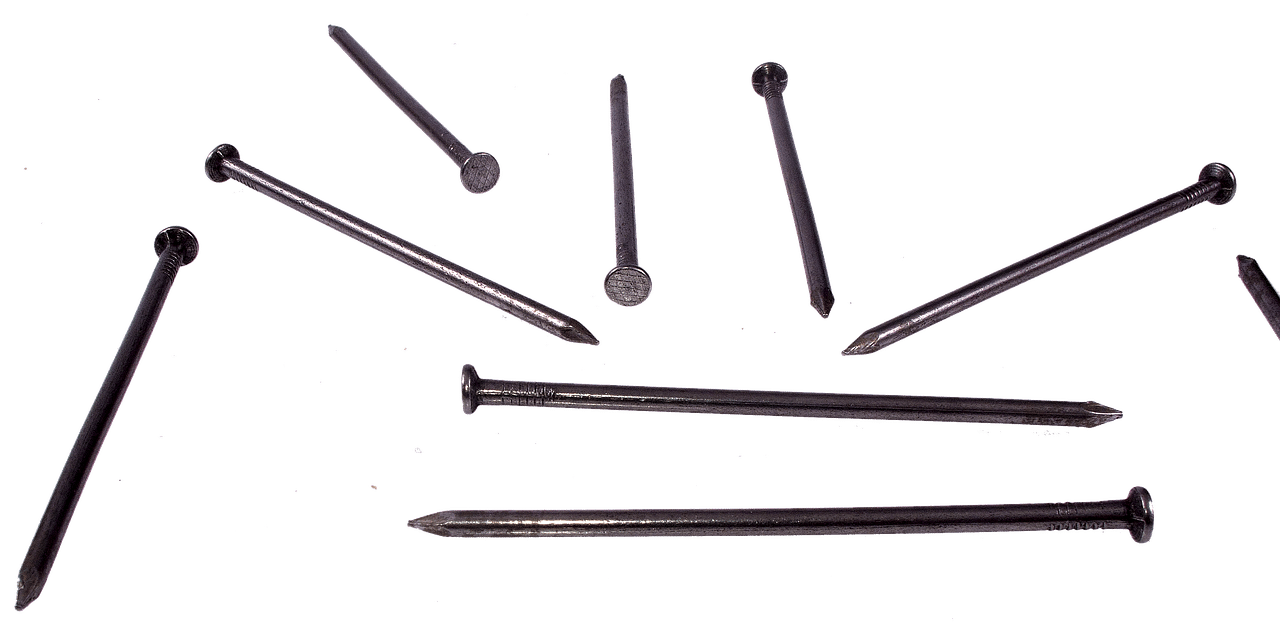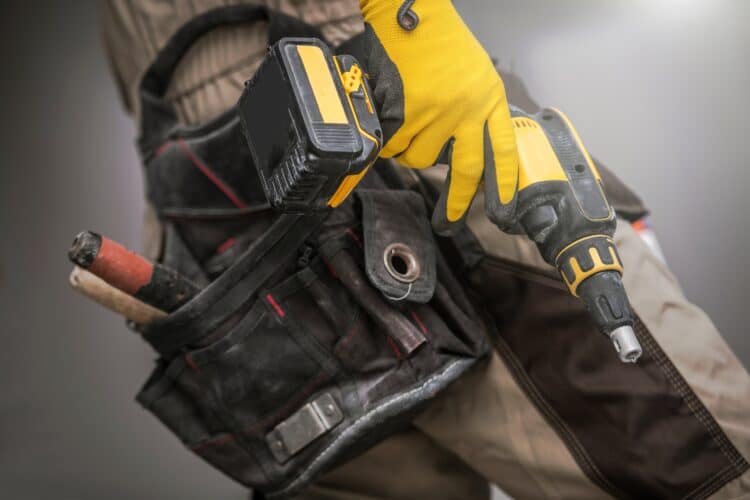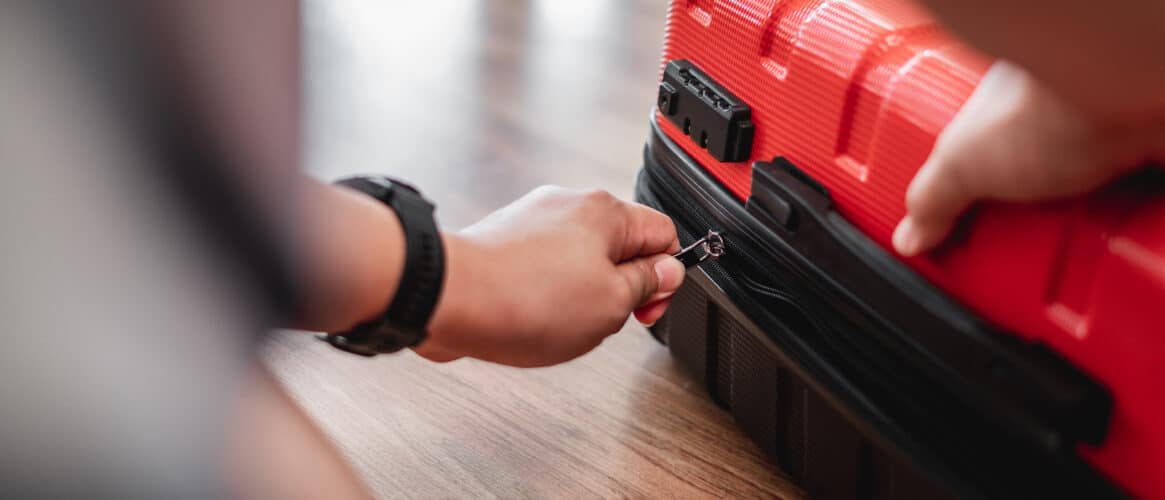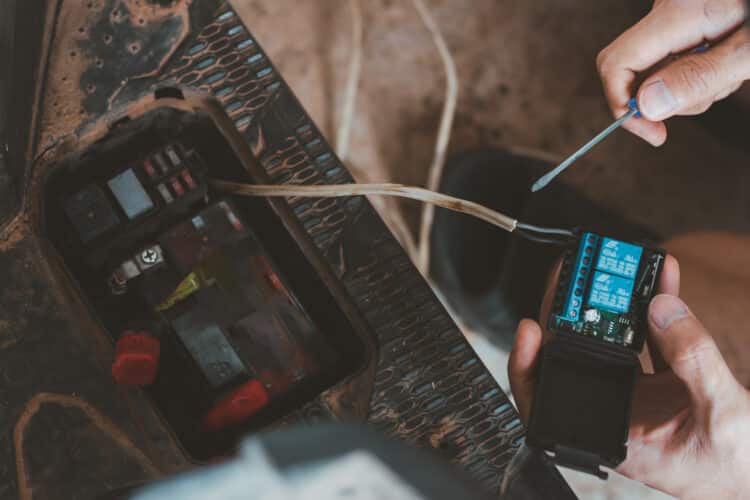When it comes to differentiating between various nails, it doesn’t matter if you are a handy person around the house. You can still have difficulty in performing this task. Here is all you need to know about brad nails and finishing nails to distinguish one easily from the other:
Brad Nails
These nails are made up of 18- gauge wire and are quite small in size. Their size lets them get masked in wood trim conveniently.
Along with being thinner and smaller in size as compared to standard nails, they have a smaller head relatively. This makes them ideal for moldings and wooden surfaces to prevent them from cracking and splitting. If you are looking for a cleaner finish for your woodworking projects, then the appearance of these nails allows you to have it so.
They are also great to be used for thinner sheets of lumber, fiberboard, and even plywood. Moreover, after installation, you need to rarely cover them with putty due to their small size, which makes them ideal for handiwork and giving finishing touches.
Finishing Nails
Unlike brad nails, these nails are typically made of 14-, 15-, or 16- gauge wire. Their thickness is relatively greater and they are more noticeable once installed on wooden surfaces. Their larger size makes them ideal for securing bigger pieces of lumber. They are also great for projects that require the installation of larger crown moldings, door jams, and bigger baseboards.
Because they are denser, they leave a hole large and visible on a wooden surface. They require you to cover them with finishing putty to conceal any untidy spots and to give your handiwork a cleaner finish.
Brad Nailers vs. Finish Nailers
Now that you know all about brad nails and finishing nails, let’s talk about the two famous types of nailers; brad nailers and finish nailers.
Nailers are believed to be one of the most commonly used power tools by handymen, woodworkers, and DIYers. They are a must-have tool in workshops as their usage is extremely versatile.
However, choosing between the two types mentioned above for your project is a tough decision to make. Visually, they both appear quite similar and the fasteners they make use of also resemble each other to an extent, therefore you need to understand which nailer is the most suitable for you. Here is all you need to know about brad nailers and finish nailers to make your important decision:
Size and Nails of Brad Nailers vs. Finish Nailers
The main difference between the two nailers is their size and the nails that they use. A finish nailer is just slightly bigger than a brad nailer and they also have different holding power.
Brad nailers make use of brad nails of 18- gauge whereas finishing nailers typically make use of 16- gauge nails also known as finishing nails. The lower the gauge number, the thicker the nails are. Each nail gun can perform specific tasks according to the nails they use, as mentioned earlier.
Brad nails have a smaller head and do not leave behind prominent holes; therefore, you don’t need to use wood putty to cover them, whereas with finishing nails, the case is completely opposite.
Safety Precautions You Need to Take While Using Both Nailers
There are two modes that a brad nailer is designed with. One is the sequential mode and the other is the bump mode. The bump mode allows the power tool to nail at a faster pace, making any project less time-consuming and the sequential mode ensures extreme accuracy. Although these modes make any brad nailer mostly safe-to-use, there are still some safety precautions you need to take while you’re at it.
Finish nailers on the other hand also come in two different designs. One is the straight design, the other is the angled one. The angled design allows the finish nailer to hold nails perpendicularly and makes it easy for you to drive nails into objects with limited space. Once again, no matter the design, the following safety precautions are a must to take when working with any of the two nailers:
- Wear hearing protectors, thick hand gloves, and protective eyewear at all times.
- Avoid placing the nailer near to the edge of the board you are work on to prevent it from splitting.
- Make sure that the nail feed is lubricated properly and filled with the appropriate nails.
- Before you start using any of the nailers, press the safety nose down. This prevents the trigger from going off when the power tool is not in use.
Benefits
The following are some benefits of each nailer:
Brad Nailer
- These nailers are perfect for installing nails in thin or delicate sheets of wood that have a higher chance of splitting.
- It doesn’t leave huge head holes, eliminating the need for using wood putty to cover any marks.
- They can be used to hold things in place temporarily. You can uninstall them once you are done.
- These nailers are ideal for small projects such as making jigsaw puzzles and jewelry boxes or installing ornamental trim to cabinetry, etc.
Finish Nailer
- Finish nailers are great for installing nails in thicker and heavier wood as the nails they use are wider and longer in size.
- They are ideal for projects like the installation of baseboards, moldings, etc.
- They can create a durable, permanent hold.
- They are quite versatile and can be used on a range of surfaces and materials.
- As their nails come in long strips, you won’t have to worry about reloading them often.
Drawbacks
The following are some drawbacks of each nailer:
Brad Nailer
- You cannot use them with thick and heavy pieces of wood.
- They don’t provide long-term durability.
Finish Nailer
- You cannot use finish nailers on thin and delicate wood surfaces. The wide nails can cause the thin wood to split.
- They leave larger holes that need to be filled with wood putty for a cleaner finish.
What Is a Brad Nailer Used for?
Although brad nailers have hundreds of applications, they are most commonly used for the following projects:
- Securing loose trim to cabinets
- Adding baseboards
- Installing crown and other decorative moldings
- Paneling
- Holding surface temporarily together
- Small-scale DIY crafting projects
What is a Finish Nailer Used for?
Although finish nailers have hundreds of applications, they are most commonly used for the following projects:
- Adding window and door casings
- Attaching huge pieces of molding or trim
- For structural integrity rather than visual appeal
- For hard and softwood flooring
- Chair rails
To choose between brad nails and finish nails as well as brad nailers and finish nailers, you will have to identify the task at hand and make the best choice that perfectly fits your needs!





